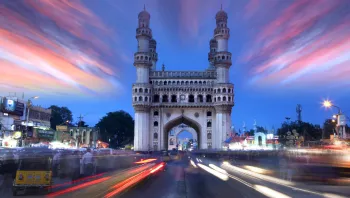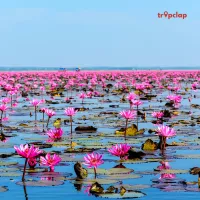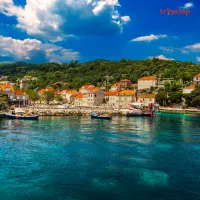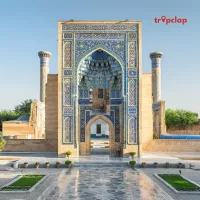The Divine mysteries of the Jagannath Temple, Puri
About the temple
The Jagannath Temple in Puri is one of the most famous and revered temples in India. Located in the state of Odisha, the tem - Tripclap
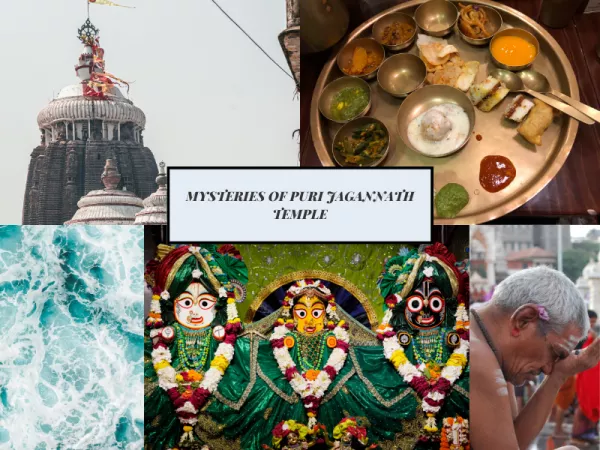
About the temple
The Jagannath Temple in Puri is one of the most famous and revered temples in India. Located in the state of Odisha, the temple is dedicated to Lord Jagannath, an incarnation of Lord Vishnu.
The temple is believed to have been built in the 12th century during the reign of King Anantavarman Chodaganga Deva. It is an example of classical Odisha temple architecture and is built on a high platform with four entrances.
The temple is believed to have been built in the 12th century during the reign of King Anantavarman Chodaganga Deva. It is an example of classical Odisha temple architecture and is built on a high platform with four entrances.
The temple is made of stone and has a towering spire, known as the vimana, which rises to a height of 214 feet. The temple is dedicated to Lord Jagannath, an incarnation of Lord Vishnu, and his siblings Balabhadra and Subhadra. The idols of the deities are made of neem wood and are replaced every 12 years during the Nabakalebara ceremony. The idols are carved with exquisite detail and are considered to be some of the most beautiful in India.
The Jagannath Temple is famous for its annual Rath Yatra festival, which takes place in the month of June or July. During the festival, the deities are taken out in a grand procession on chariots, which are pulled by thousands of devotees. The festival attracts millions of visitors from all over the world and is considered to be one of the largest religious gatherings in the world.
The temple complex is home to the Anand Bazaar, which is the largest kitchen in the world. The kitchen serves food to over 100,000 devotees every day and operates without any electricity or modern technology. The cooking is done on traditional clay stoves, and the food is served on banana leaves.
Devotees believe that a visit to the Jagannath Temple in Puri is a journey of spiritual purification and enlightenment. The temple is open to all, regardless of their caste or religion, and welcomes people from all walks of life to seek blessings and solace.
Despite being a popular tourist destination, the Jagannath Temple remains a place of intense devotion and piety. The temple complex is home to several smaller shrines and meditation chambers, where devotees can find peace and quietude away from the hustle and bustle of the main temple.
The temple continues to attract millions of visitors every year, who come to seek blessings and solace in the midst of its divine aura.
The Jagannath Temple in Puri is steeped in mystery and legend, with several intriguing facts and myths surrounding it. Here are some of the mysteries about the Jagannath Temple in Puri:
Table of Content
Per Person
3,890
*EXCLUDING APPLICABLE TAXES 4.9 Ratings
( 185 Reviews )
( 185 Reviews )
Per Person
18,500
*EXCLUDING APPLICABLE TAXES 5.0 Ratings
( 4 Reviews )
( 4 Reviews )
Per Person
18,500
*EXCLUDING APPLICABLE TAXES 5.0 Ratings
( 4 Reviews )
( 4 Reviews )
Per Person
3,880
*EXCLUDING APPLICABLE TAXES 4.9 Ratings
( 185 Reviews )
( 185 Reviews )
Per Person
17,499
*EXCLUDING APPLICABLE TAXES 4.3 Ratings
( 218 Reviews )
( 218 Reviews )
Per Person
13,500
*EXCLUDING APPLICABLE TAXES 5.0 Ratings
( 21 Reviews )
( 21 Reviews )
Per Person
13,500
*EXCLUDING APPLICABLE TAXES 5.0 Ratings
( 21 Reviews )
( 21 Reviews )
Per Person
27,300
*EXCLUDING APPLICABLE TAXES Per Person
3,880
*EXCLUDING APPLICABLE TAXES 4.9 Ratings
( 185 Reviews )
( 185 Reviews )
Per Person
10,000
*EXCLUDING APPLICABLE TAXES 5.0 Ratings
( 21 Reviews )
( 21 Reviews )
Mysteries of the Jagannath temple
 View Gallery - 2
View Gallery - 2 The mystery of the flag
One of the intriguing features of the Jagannath Temple in Puri is its flag, which appears to defy logic. The flag atop the temple, known as the Patitapaban flag, is said to flutter in the opposite direction of the wind, which is a phenomenon that has puzzled scientists and devotees alike for centuries.
Scientifically speaking, the phenomenon of the flag fluttering in the opposite direction of the wind could be attributed to various factors, such as the shape of the flagpole or the wind patterns around the temple.
Scientifically speaking, the phenomenon of the flag fluttering in the opposite direction of the wind could be attributed to various factors, such as the shape of the flagpole or the wind patterns around the temple.
However, devotees firmly believe that it is a miracle that defies explanation and serves as a testament to the power and divinity of Lord Jagannath.
Mystery of The Sudarshan Chakra
The Sudarshan Chakra is one of the most important and mysterious symbols associated with the Jagannath Temple in Puri. The chakra, which is a disc-like weapon with sharp edges, is said to be a manifestation of Lord Vishnu's power and is believed to have been installed in the temple during its construction in the 12th century.
The amazing fact about the chakra is that it is visible from every corner of the temple area. The positioning the the chakra is a mystery no matter from where you look at the chakra, you can always feel that it is always facing towards you.
No planes, no birds fly above the jagannath temple
One of the many intriguing legends associated with the Jagannath Temple in Puri is the claim that no planes or birds can fly above the temple. The temple, which is located in the heart of the city and is surrounded by bustling streets and buildings, is said to be a no-fly zone due to its divine energy and power.
According to the legend, any bird or aircraft that attempts to fly over the temple will immediately lose its ability to fly and will fall to the ground. This phenomenon has been witnessed by many people over the years, and it continues to be a subject of fascination and intrigue for visitors to the temple.
The legend of the no-fly zone surrounding the temple adds to the temple's mystical allure and serves as a reminder of the power and divinity of Lord Jagannath.
The jagannath temple structure does not cast shadow
One of the many fascinating and mysterious aspects of the Jagannath Temple in Puri is the claim that its structure does not cast a shadow at any time of the day. According to the legend, the temple's main spire, which is over 200 feet tall, does not cast a shadow, which is a phenomenon that has puzzled scientists and devotees alike for centuries.
Mystery of prasadam in Jagannath temple
The prasadam, or holy food, that is offered to Lord Jagannath at the Jagannath Temple in Puri is considered to be one of the most mysterious and intriguing aspects of the temple. The prasadam, which consists of a mix of rice, vegetables, and lentils, is served to the devotees who visit the temple as a form of divine blessing.
The mystery of the prasadam lies in its preparation and distribution. The food is cooked in large quantities in the temple's kitchen, which is considered to be one of the largest kitchens in the world. The food is cooked in earthen pots over a wood fire, and the entire process is carried out by the temple's priests and volunteers with great care and devotion.
The mystery of the prasadam lies in its preparation and distribution. The food is cooked in large quantities in the temple's kitchen, which is considered to be one of the largest kitchens in the world. The food is cooked in earthen pots over a wood fire, and the entire process is carried out by the temple's priests and volunteers with great care and devotion.
What makes the prasadam mysterious is the fact that despite the large quantities of food prepared, there is never any leftover food, and the exact amount needed for distribution is always cooked. Moreover, the food is always perfectly cooked, with each grain of rice separate and perfectly cooked, which is considered a remarkable feat given the large quantities being cooked.
The mystery of the prasadam is believed to be a manifestation of Lord Jagannath's divine power and presence in the temple.
No sound of the sea in the Jagannath temple premises
One of the many intriguing and mysterious aspects of the Jagannath Temple in Puri is the claim that no sound of the sea can be heard within the temple's premises. The temple, which is located just a few hundred meters from the Bay of Bengal, is surrounded by the sound of the sea on all sides, yet once inside the temple, the sound of the sea is said to disappear completely.
Nabakalebara
Nabakalebara is a rare and mysterious event that occurs at the Jagannath Temple in Puri, India, where the old wooden idols of Lord Jagannath, Balabhadra, and Subhadra are replaced with new ones. The event occurs once every twelve to nineteen years when an extra month is added to the lunar calendar, and it is considered to be one of the most sacred and important events in the Hindu calendar.
The mystery of Nabakalebara lies in the rituals and ceremonies that are carried out during the event. The new idols are carved from neem wood by a group of specially appointed carpenters, who are believed to be descendants of the original craftsmen who carved the first idols centuries ago.
The selection of the neem tree for the new idols is based on a complex set of rules and rituals that are believed to ensure the divinity and sanctity of the new idols. The carpenters begin carving the new idols on an auspicious day, and the process is carried out in complete secrecy and with great devotion and care.
Once the idols are completed, they are brought to the temple and installed in a complex and elaborate ritual that involves a series of purifications, offerings, and prayers. The old idols are then buried in a secret location near the temple, and the new idols are worshipped as the living embodiment of Lord Jagannath, Balabhadra, and Subhadra.
The selection of the neem tree for the new idols is based on a complex set of rules and rituals that are believed to ensure the divinity and sanctity of the new idols. The carpenters begin carving the new idols on an auspicious day, and the process is carried out in complete secrecy and with great devotion and care.
Once the idols are completed, they are brought to the temple and installed in a complex and elaborate ritual that involves a series of purifications, offerings, and prayers. The old idols are then buried in a secret location near the temple, and the new idols are worshipped as the living embodiment of Lord Jagannath, Balabhadra, and Subhadra.
The mystery of Nabakalebara is considered to be a manifestation of Lord Jagannath's divine power and presence in the world.
In summary, the Jagannath Temple in Puri is a place of mystery and legend, with several intriguing facts and myths surrounding it. Despite being a popular tourist destination, the temple continues to hold its secrets close, adding to its allure and mystique.
Places to visit in Odisha
Per Person
3,890
*EXCLUDING APPLICABLE TAXES 4.9 Ratings
( 185 Reviews )
( 185 Reviews )
Per Person
18,500
*EXCLUDING APPLICABLE TAXES 5.0 Ratings
( 4 Reviews )
( 4 Reviews )
Per Person
22,800
*EXCLUDING APPLICABLE TAXES 4.3 Ratings
( 389 Reviews )
( 389 Reviews )
Per Person
18,500
*EXCLUDING APPLICABLE TAXES 5.0 Ratings
( 4 Reviews )
( 4 Reviews )
Per Person
3,880
*EXCLUDING APPLICABLE TAXES 4.9 Ratings
( 185 Reviews )
( 185 Reviews )
Per Person
17,499
*EXCLUDING APPLICABLE TAXES 4.3 Ratings
( 218 Reviews )
( 218 Reviews )
Per Person
23,600
*EXCLUDING APPLICABLE TAXES 4.3 Ratings
( 389 Reviews )
( 389 Reviews )
Per Person
13,500
*EXCLUDING APPLICABLE TAXES 5.0 Ratings
( 21 Reviews )
( 21 Reviews )
Per Person
13,500
*EXCLUDING APPLICABLE TAXES 5.0 Ratings
( 21 Reviews )
( 21 Reviews )
Per Person
16,700
*EXCLUDING APPLICABLE TAXES 4.3 Ratings
( 389 Reviews )
( 389 Reviews )

Debalina Deb Roy
A seasoned travel writer with a passion for exploring off beat destinations and uncovering the hidden gems. My ultimate goal is to inspire people to step out of their comfort zones and explore the world.
Explore best popularTour Packages
Tripclap connects you with top travel agents
Compare Custom Quotes and get the best package deal
1
Trusted Network Of 8000+ Agents.
2
Book everything together, including stay & transport.
3
Compare agent profiles & verified reviews.
How It Works
Compare Custom Quotes from Top Travel Agents.

Tell us about your trip

Get Custom quotes from top agents.

Choose the package you like
Latest Destinations : -
• South Male Atoll • Rishikesh • Cao Lanh • Kumaon • Spiti Valley • Lonar • Kolhapur • Mae Sot • Mekong Delta • Vadodara • Nashik • Dachigam National Park • Railay • Hanoi • Kumbhalgarh • Khajjiar • Hamburg • Changlang • Lolegaon • Lao Cai • Rajahamundry • Doodhpathri • Ozar • Ponnani • Punakha Dzong • Izmir • Unakoti • Somnath • Vindhyachal • Tuticorin • Thoubal • Ko Jum • Kota Tinggi • Tura • Khonsa • Granada • Kasargod • Pachmarhi • Nrityagram • Miri • Amritsar • Maheshwar • Kas • The Hague • Bandhavgarh National Park • Vaavu Atoll • Jhunjhunu • Dang • Zadar • Baa Atoll
• South Male Atoll • Rishikesh • Cao Lanh • Kumaon • Spiti Valley • Lonar • Kolhapur • Mae Sot • Mekong Delta • Vadodara • Nashik • Dachigam National Park • Railay • Hanoi • Kumbhalgarh • Khajjiar • Hamburg • Changlang • Lolegaon • Lao Cai • Rajahamundry • Doodhpathri • Ozar • Ponnani • Punakha Dzong • Izmir • Unakoti • Somnath • Vindhyachal • Tuticorin • Thoubal • Ko Jum • Kota Tinggi • Tura • Khonsa • Granada • Kasargod • Pachmarhi • Nrityagram • Miri • Amritsar • Maheshwar • Kas • The Hague • Bandhavgarh National Park • Vaavu Atoll • Jhunjhunu • Dang • Zadar • Baa Atoll
Best Selling Domestic Tour Packages : -
Kashmir Tour Packages Andaman Tour Packages Kerala Tour Packages Shimla Tour Packages Manali Tour Packages Sikkim Tour Packages Uttarakhand Tour Packages Rajasthan Tour Packages Chardham Tour Packages Gujarat Tour Packages Rameswaram Tour Packages Gangtok Tour Packages Goa Tour Packages Jaipur Tour Packages Ooty Tour Packages Jim Corbett Tour Packages Mussoorie Tour Packages Kanyakumari Tour Packages Meghalaya Tour Packages Ladakh Tour Packages
Kashmir Tour Packages Andaman Tour Packages Kerala Tour Packages Shimla Tour Packages Manali Tour Packages Sikkim Tour Packages Uttarakhand Tour Packages Rajasthan Tour Packages Chardham Tour Packages Gujarat Tour Packages Rameswaram Tour Packages Gangtok Tour Packages Goa Tour Packages Jaipur Tour Packages Ooty Tour Packages Jim Corbett Tour Packages Mussoorie Tour Packages Kanyakumari Tour Packages Meghalaya Tour Packages Ladakh Tour Packages
Best Selling International Tour Packages : -
Dubai Tour Packages Bali Tour Packages Singapore Tour Packages Thailand Tour Packages Maldives Tour Packages Bhutan Tour Packages Vietnam Tour Packages Mauritius Tour Packages Nepal Tour Packages Europe Tour Packages Sri lanka Tour Packages Turkey Tour Packages Malaysia Tour Packages Azerbaijan Tour Packages
Dubai Tour Packages Bali Tour Packages Singapore Tour Packages Thailand Tour Packages Maldives Tour Packages Bhutan Tour Packages Vietnam Tour Packages Mauritius Tour Packages Nepal Tour Packages Europe Tour Packages Sri lanka Tour Packages Turkey Tour Packages Malaysia Tour Packages Azerbaijan Tour Packages
Certified
We accept (more)
Members of
Media Recognition
Trusted Partners
Award
Copyrights © TripClap. All Rights Reserved




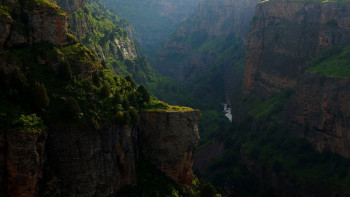
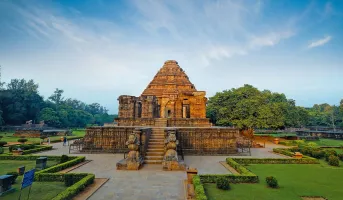

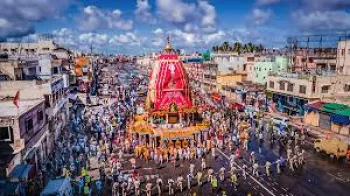
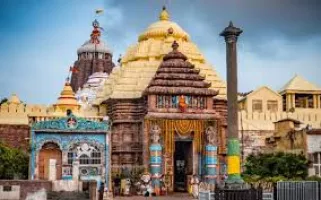
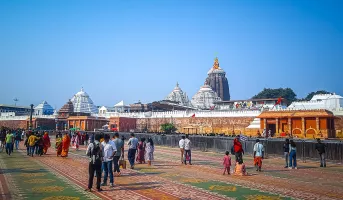

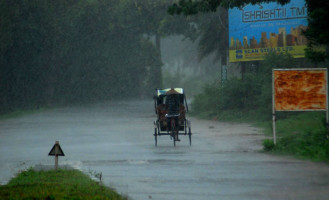
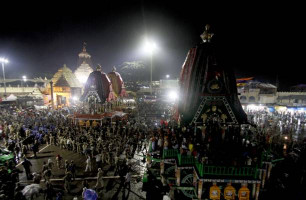
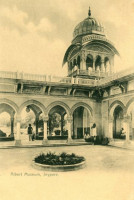
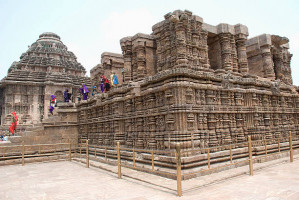

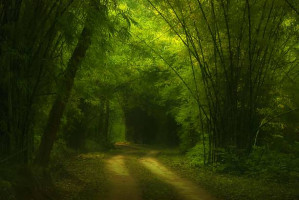


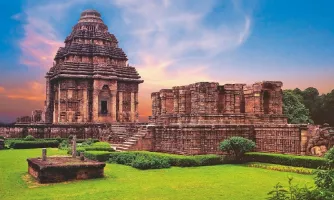
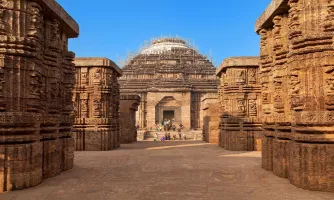
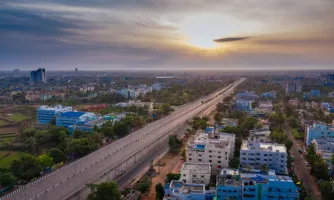
 May
May June
June July
July August
August September
September October
October November
November December
December January
January February
February March
March April
April









